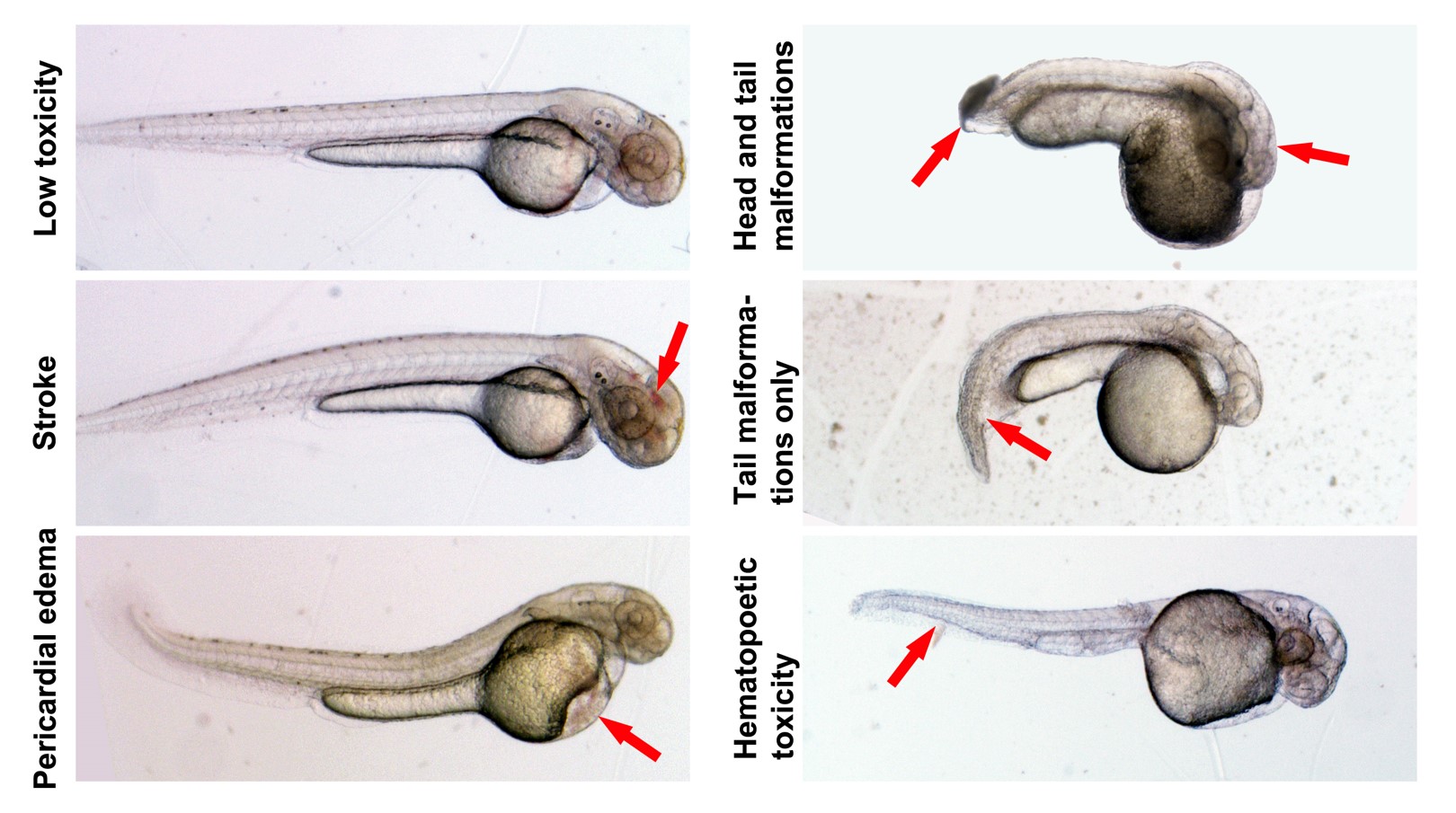Tumor regression and metastasis in zebrafish
We are unique in offering zebrafish tumor xenograft models based on implanting human or mouse tumor cells into zebrafish embryos. Small molecule drugs can be added to the water or larger therapeutic agents or cells can be co-injected with the tumor cells. These models can be combined with radiation therapy, immune-modulatory therapy, genetic interference or editing, tumor stroma analyses, molecular analyses, ADME analysis and many other services depending on your needs
Tumor regression
Tumor growth/regression and metastasis rates are determined over three days. IC50 values and therapeutic windows are determined comparing anti-tumor efficacy with toxicity in the same animal.
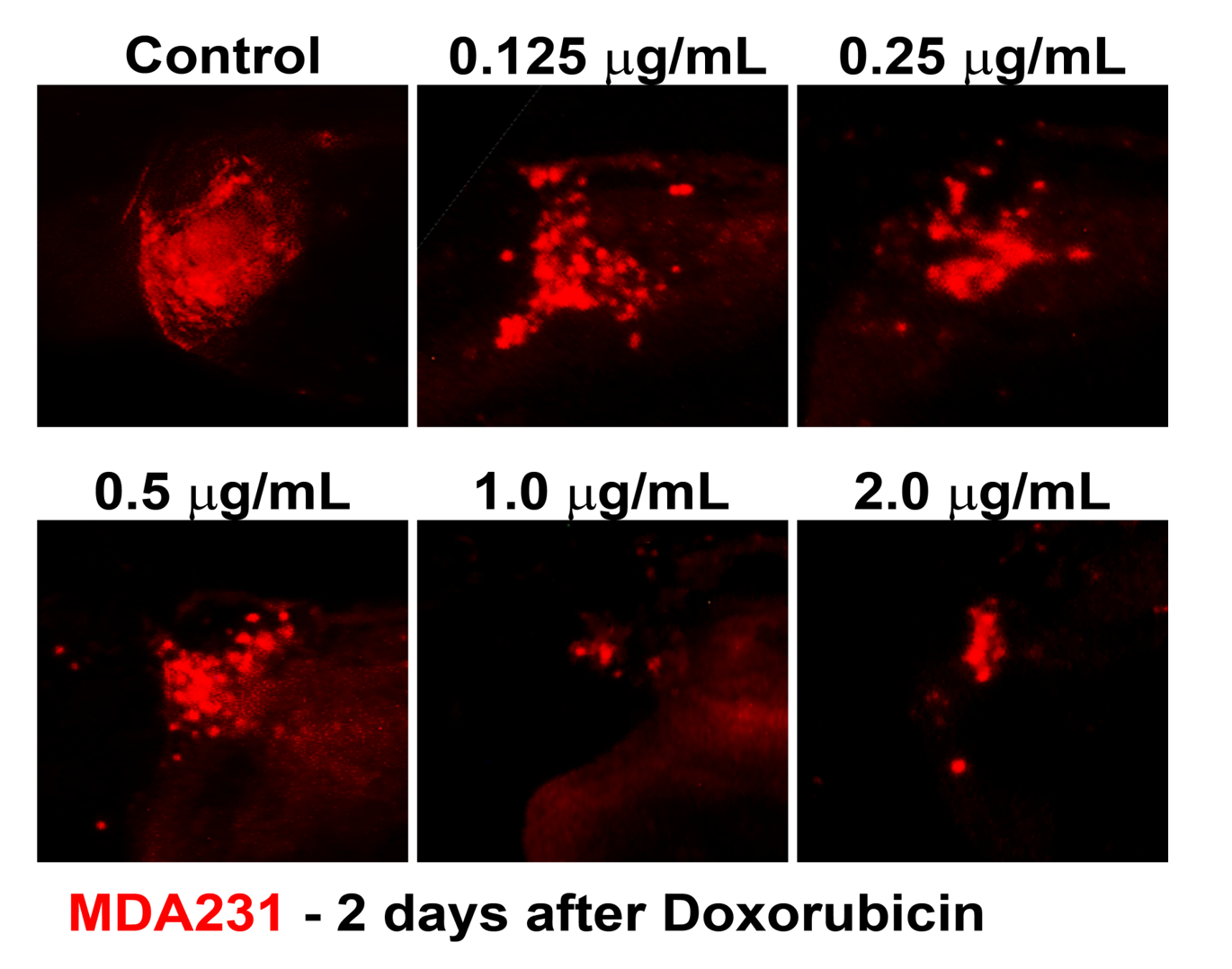
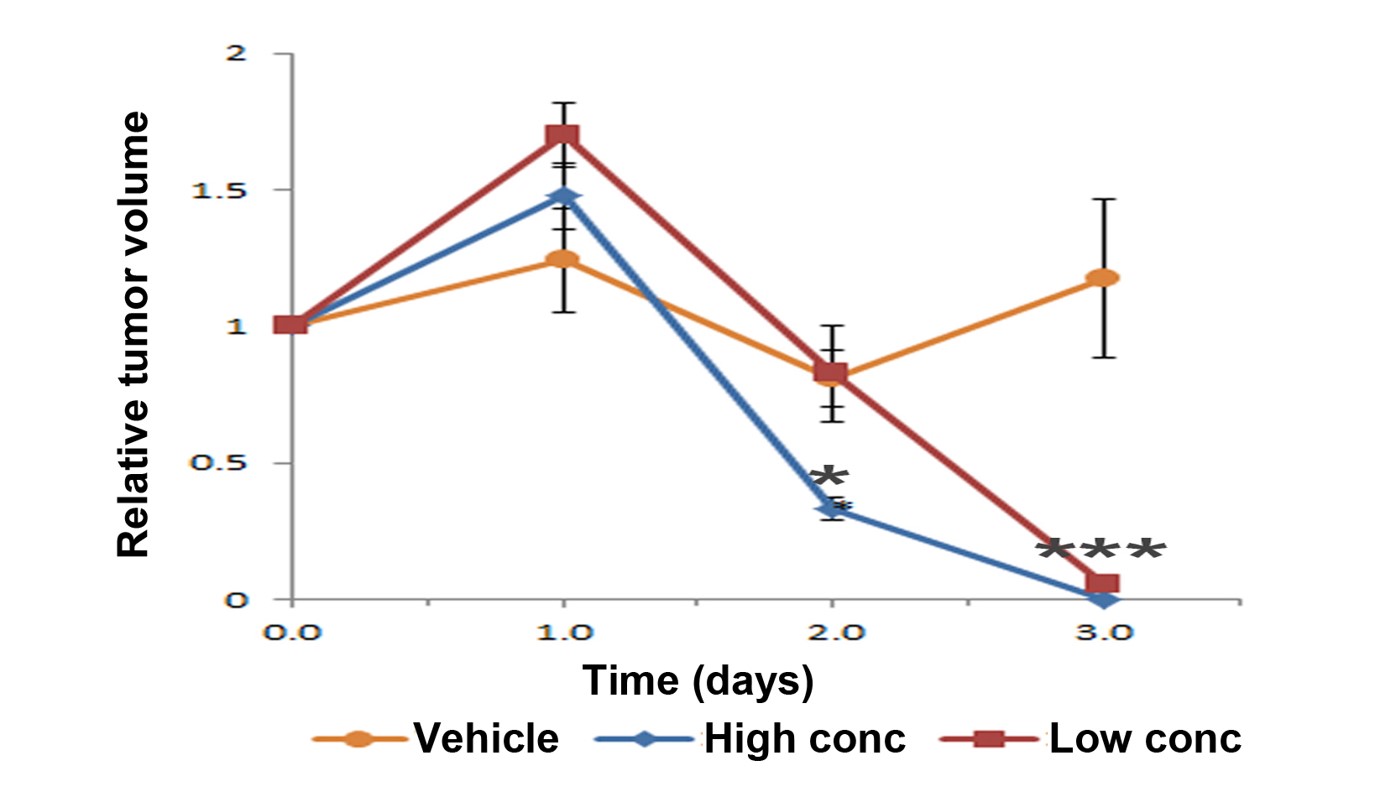
Metastasis
Metastatic potential and early both local and distal dissemination (through tumor vessels) are quantified three days after tumor implantation.
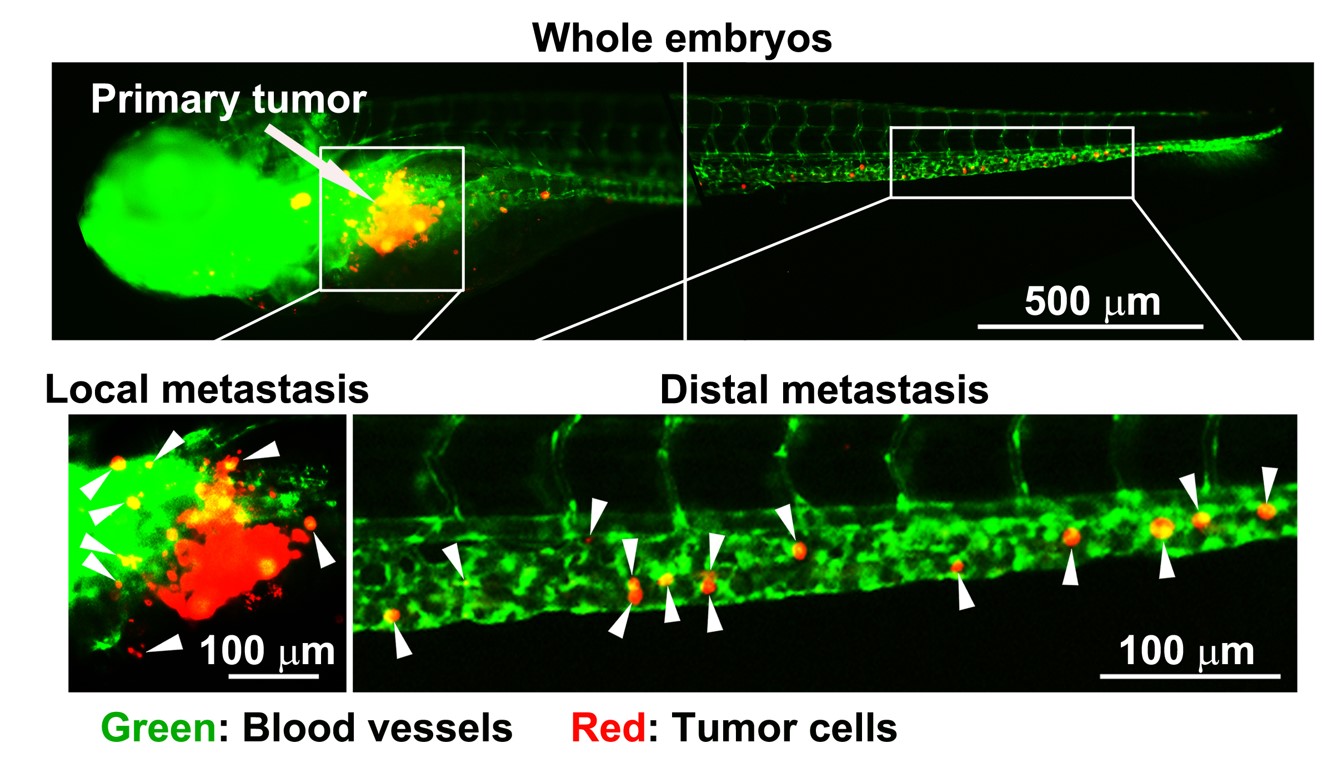
Toxicology
Drug toxicities are not accurately determined from cell culture experiments. Zebrafish embryos are widely-used, versatile toxicity reporters. Both general and specific toxicities in zebrafish correlate very well with toxicities in mice or humans. Problems with fast metabolism of drugs in other animals (i.e. mice) are managed due to passive uptake of drugs from the water providing control over the drug concentration in the animal.
General toxicity
Determination of LD50 (50% lethality dose), MTD (maximally tolerated dose), NOAED (no observed adverse effects dose) and pharmacodynamics in vivo are determined in days.
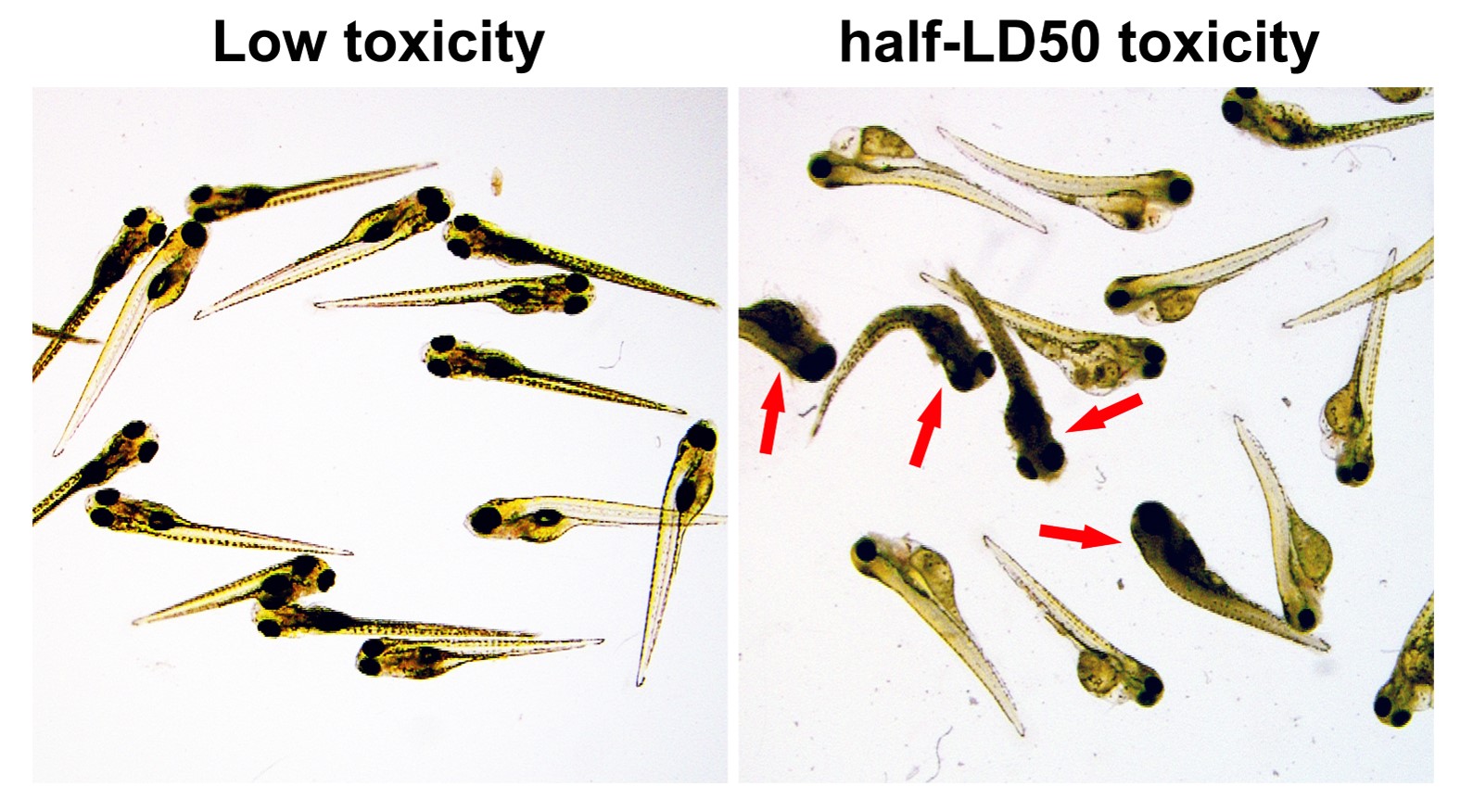
Specific toxicity
Specific toxicities to various organs (brain, liver, bone-marrow, kidneys, cardiovascular system, endocrine glands, bone, muscle, GI-tract etc) are determined through the use of transgenic reporter strains.
